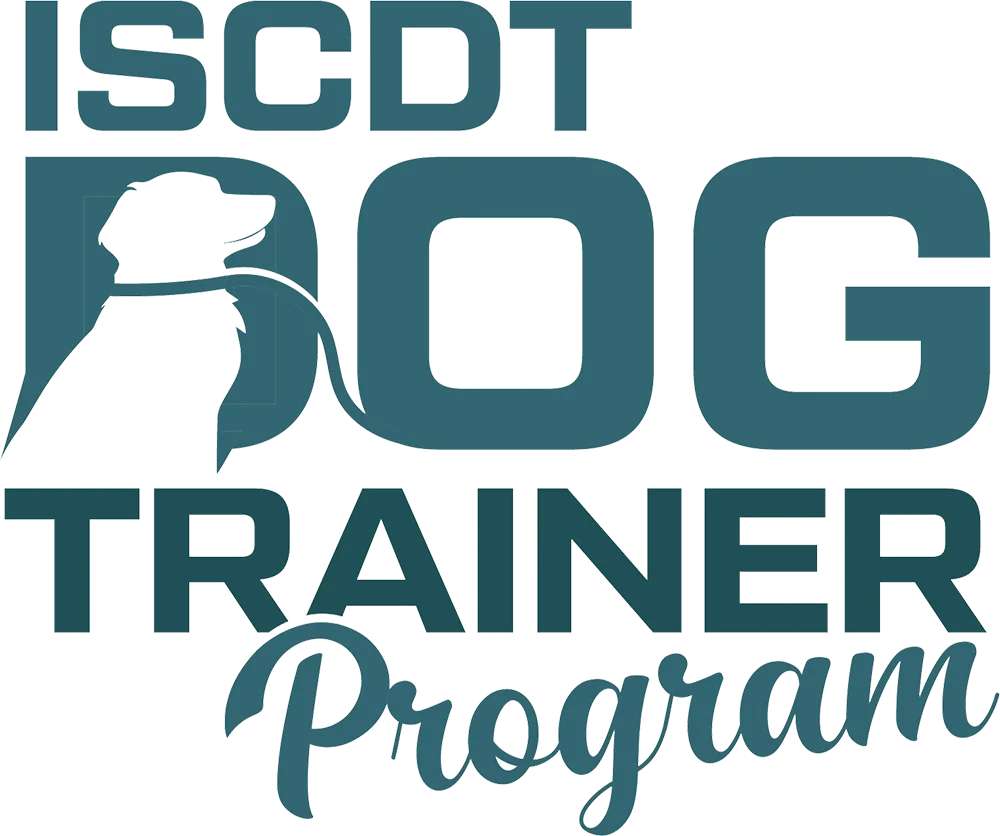As professional dog trainers, we often encounter a common challenge: families struggling with inconsistent training practices. This inconsistency can severely affect a dog’s progress and lead to frustration for both pets and owners. Below are strategies to help families maintain consistency and achieve training success.
Comprehensive Family Training
Remember, most dog owners are novices in training techniques. Whether it’s their first dog or they’re relying on outdated methods, we need to start with the basics. Consider dedicating the first session to educating the human clients only. Topics should include:
- Basic principles of dog learning
- Marker training techniques (e.g., clicker training)
- Establishing a shared command vocabulary
- Essential training tools
- The importance of family participation
- Creating a progress tracking system
Send preparatory videos before the first lesson, ensuring clients watch them prior to your first in-person appointment. Always secure payment before providing free resources.
Clear Communication Systems
Establish open lines of communication with your clients:
- Set up easy channels for quick questions (email or text)
- Encourage families to reach out when facing challenges
- Provide clear, written guidelines after each session
- Consider creating simple video tutorials for families to reference between sessions
Tailor your approach to each family’s unique situation
Each situation you encounter when training dogs will be slightly different. When you provide an evaluation, don’t solely focus on the dog. Get a good feeling for the people too. Learn about their relationship with the dog. Focus on their strengths and weaknesses, then figure out how you can create a program that benefits them.
- Assess individual capabilities and time constraints
- Assign tasks based on strengths
- Set achievable goals fitting their lifestyle
- Facilitate family discussions on training approaches
- Offer strategies for maintaining consistency despite varying schedules
Tip: Instead of dictating training duration, ask clients how much time they can dedicate daily. Work with what they can offer to create an effective plan.
Regular Progress Checks
In between training sessions, implement ongoing evaluation and adjustments:
- Schedule regular check-ins via video calls or client video submissions
- Review family members’ training technique
- Provide real-time feedback through video coaching
- Adjust plans based on these evaluations
Keep these check-ins positive, celebrating successes and addressing setbacks constructively.
Addressing Misconceptions About Training Time
Early in the training process, consider providing information to your clients on managing dog-training expectations regarding behavioral changes:
- Explain the learning process for dogs and typical timelines
- Provide examples of realistic progress rates
- Set clear, achievable milestones
- Explain concepts like threshold and trigger stacking in simple terms
- Discuss how breed and early experiences affect behavior
- Emphasize the importance of management alongside training
Conclusion
By focusing on family education and involvement, we not only improve immediate training results but also contribute to long-term success. As we refine our skills in managing the human aspect of dog training, we elevate our profession and enhance our ability to make a lasting positive impact on dogs and their families.
Remember, consistency is key in dog training. By engaging families with knowledge and tailored strategies, we set the stage for a positive and long-lasting human-canine relationship.

